Hikers in the Scottish highlands have been warned to steer clear of certain spots after illegally released lynx were spotted in the popular Cairngorms National Park.
The wild cats, which are native to areas in Europe, Asia, and North America, were spotted in the early hours of Friday, January 10, near the remote Highland town of Kingussie.
“Members of the public are asked not to approach the animals for their own safety and the safety of the animals,” Police Inspector Johnstone said in a statement to the BBC.
“Officers are working with specially trained personnel to capture them safely and humanely.
“Although it may be tempting to try and find them, take pictures, or set up cameras, we are asking people not to travel into the area, particularly in the current winter weather conditions.”
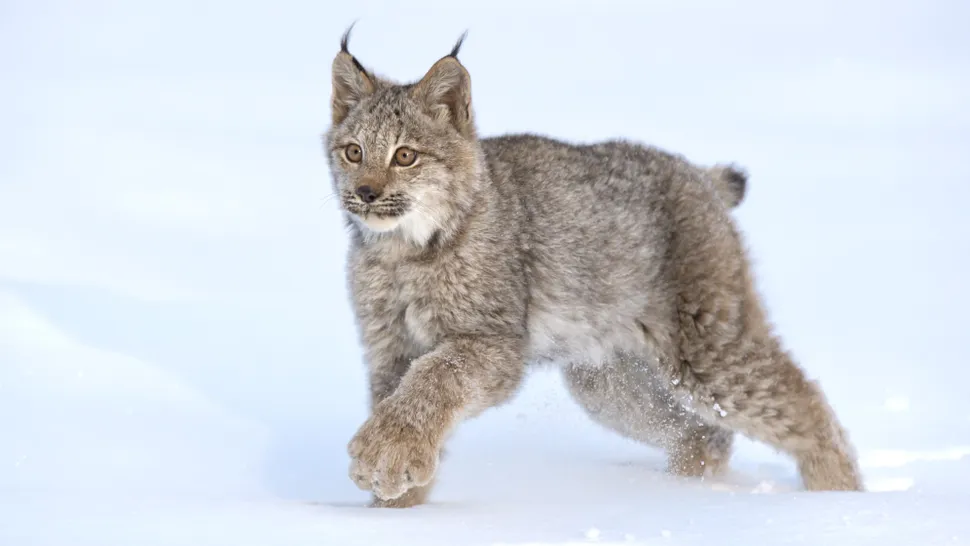
Although they’ve been extinct in wild in the UK for more than a thousand years, this is the second time in just three days that Lynx have been spotted in Scotland. On Wednesday, January 8, police were first alerted to two Lynx who were sighted in a similar area.
Working through the night, officials from the Royal Zoological Society of Scotland collaborated with police to track down and humanely capture the pair. Tempting the cats with baited traps, members of the RZSS tracked their movements with live trail cameras.
Following their capture, the lynx have been transported to Edinburgh Zoo, where experts are assessing their health and well-being. Officials are hopeful that they’ll be joined by the newly spotted pair in the coming days.
Police believe the two illegal releases are connected.
What are lynx?
A medium-sized wild cat, there are four species of lynx. The largest species, Eurasian lynx were previously native to the UK but became extinct 1,000 to 1,300 years ago. Adults are roughly the size of a labrador dog.
It’s currently unclear which species of lynx was spotted in the UK.
Wild lynx prey on small mammals like rabbits and hares, birds, and largest species like deer. Although they hunt for food, lynx aren’t typically dangerous and tend to avoid humans.
Why were they released?
In recent years, organizations like the Mammal Society have suggested that lynx should be re-introduced to the UK to redress issues with British ecosystems and restore biodiversity in areas like the Scottish highlands.
In response to the sightings, the Mammal Society has suggested that independent rewilders could be behind the illegal release.
“We understand the frustration that incentivizes those responsible for illegal releases, who are concerned about the biodiversity crisis and feel there is a lack of support from government,” the group said in a statement posted to social media.
“Illegal releases, however, are irresponsible and not the answer.
“Illegal releases can set back the timeline and undermine hard ecological and social science work that is already underway to bring about a successful reintroduction.”
Officials remain hard at work, tracking down the two remaining lynx.
This article by Will Symons was first published by Advnture on 10 January 2025. Lead Image: A wild Canada Lynx (Image credit: mlorenzphotography).
Ad-free reading on all your devices
Subscribe and enjoy “ad-free” reading on all your devices for as little as USD 1 per month (special offer for limited time only). All subscriptions are donated to wildlife charities.
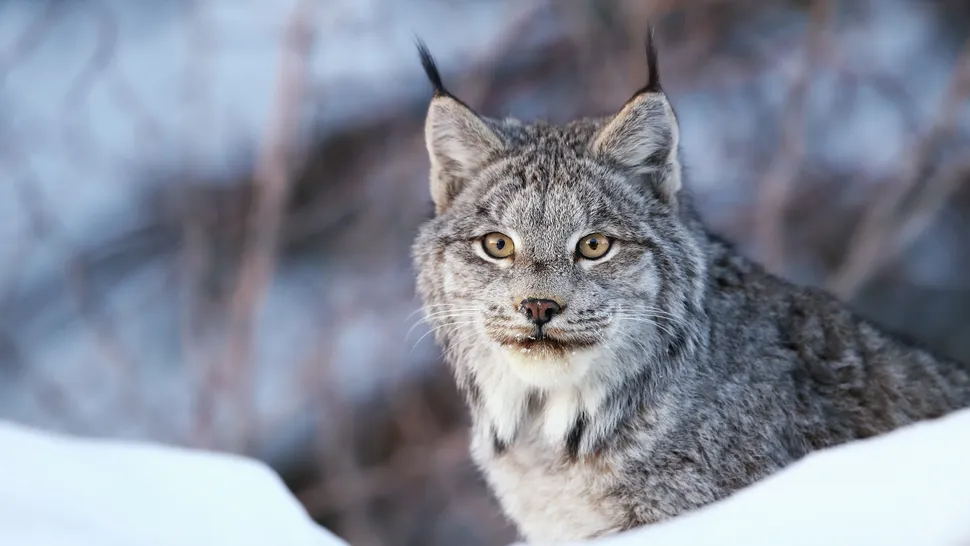

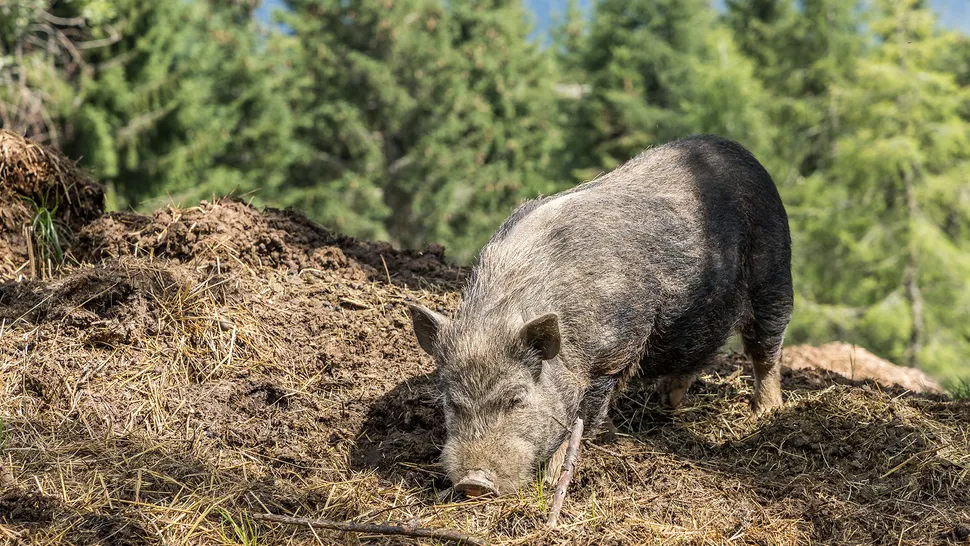
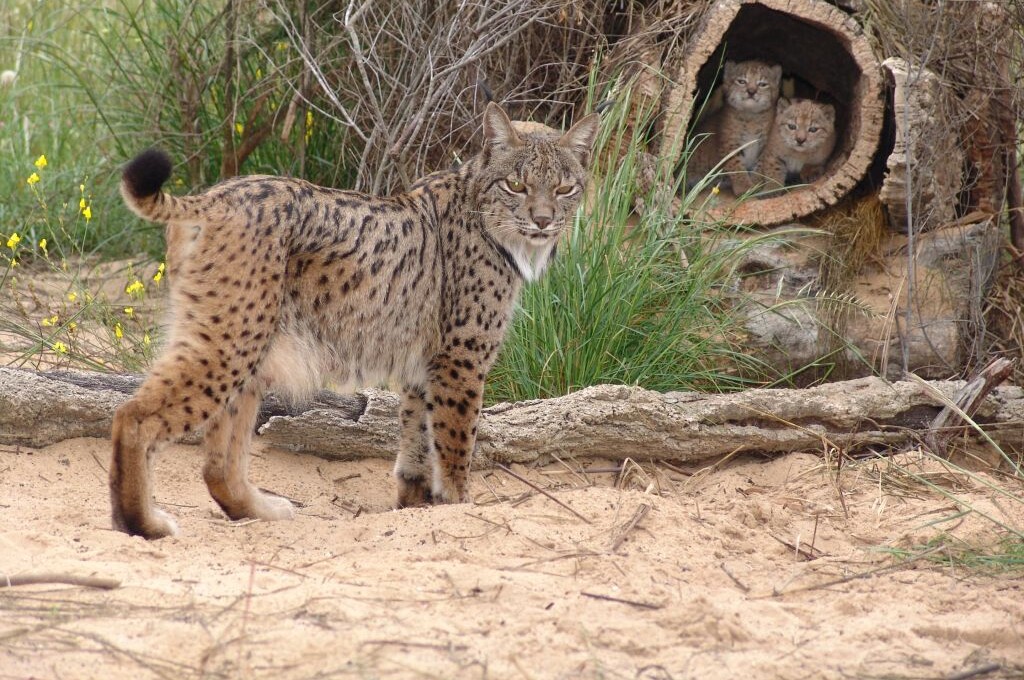
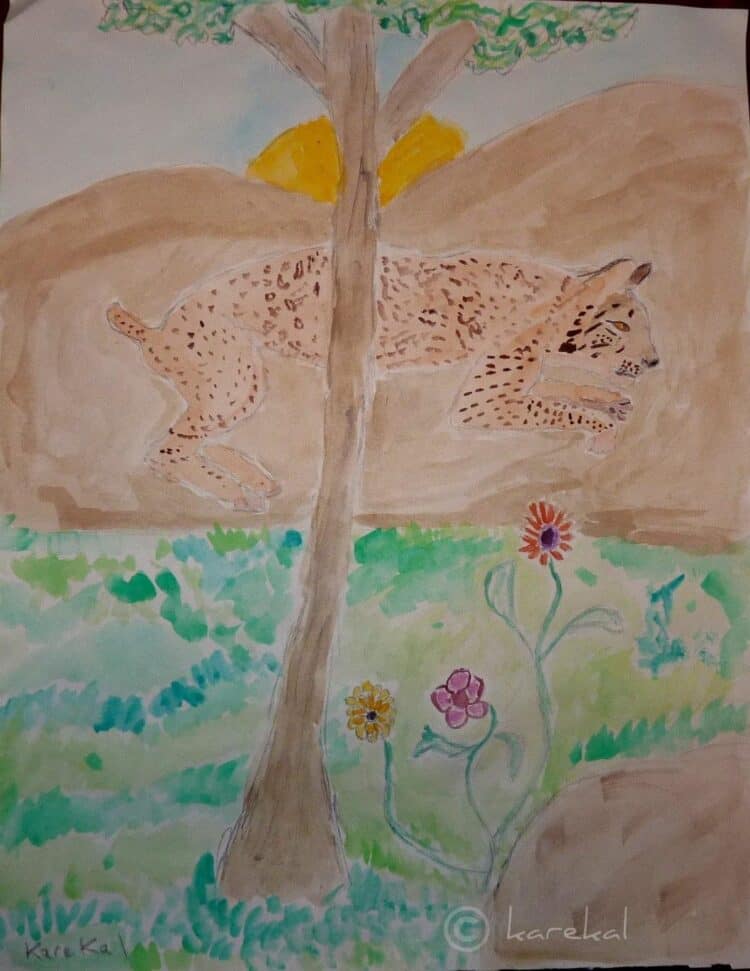
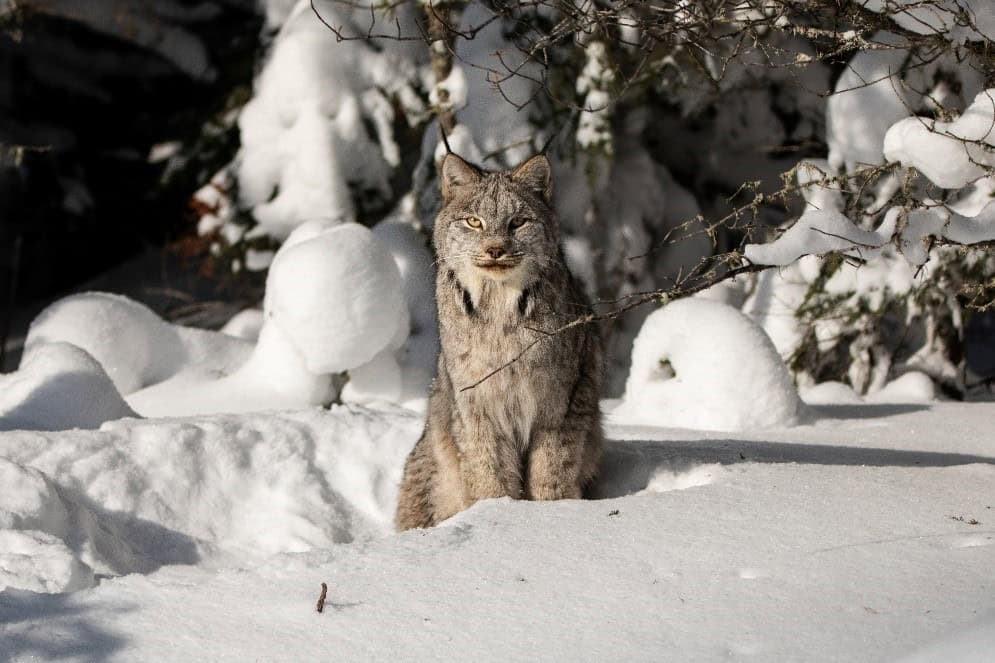

Leave a Reply